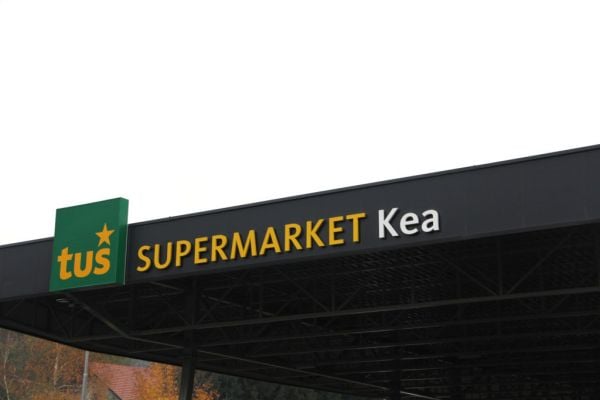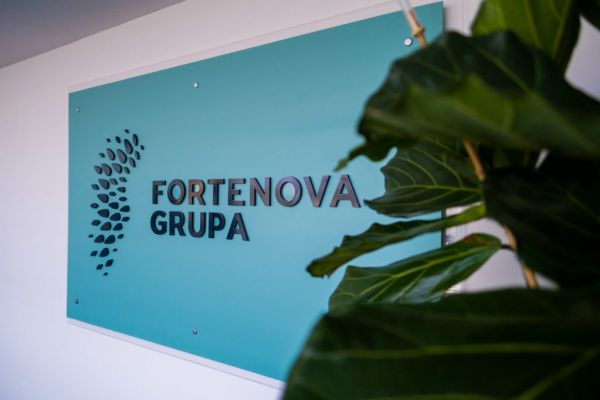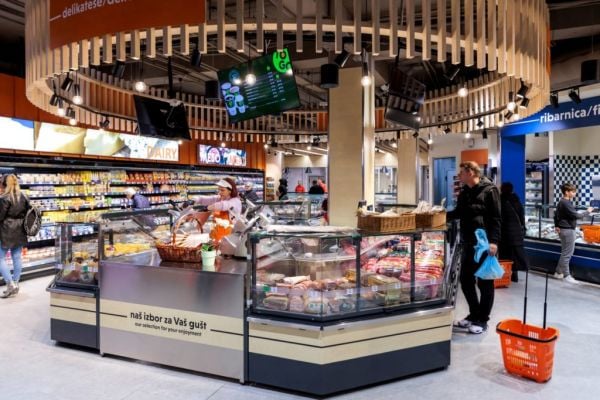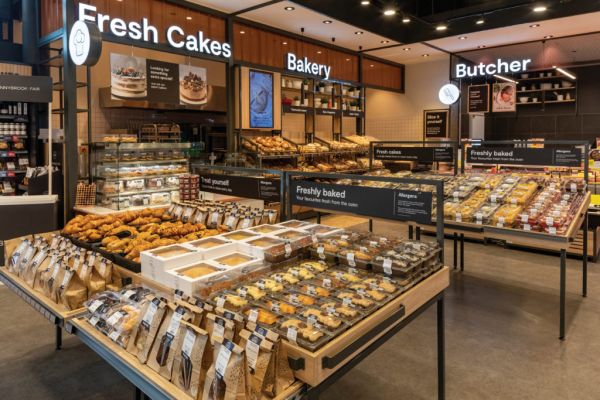As part of our Retail Technology report, ESM reached out to leading retail executives to get their perspectives on several salient topics when it comes to digital transformation – including Nina Mimica, Chief Innovation Officer, Studenac. This article first appeared in ESM's March/April 2024 edition.
Croatian retailer Studenac recently introduced a new series of digital tools aimed at improving margins, streamlining the supply chain, and facilitating better, faster decision-making through actionable data. The group, which operates more than 1,200 stores across Croatia, states that the new system will also help identify locations for future store opportunities.
Nina Mimica oversees the innovation strategy and development at the retailer, leveraging technologies, advanced analytics and new projects, to drive improved customer satisfaction, internal process optimisation and company growth.
Do you think that we have reached a tipping point in terms of technology adoption by retailers, and if so, why?
From everything that I am seeing, we’re definitely not at a tipping point yet, in terms of technology adoption. There are still so many promising technologies that are just starting to be adopted – so many customer needs that remain unmet.
There are plenty of examples. Just looking at in-store shopping, I would point to heat maps for optimisation of the customer experience; augmented technology that adds customer value by providing them with additional, helpful product information; and various technologies to speed up the customer in-store experience, such as smart carts and frictionless checkouts.
Looking at the corporate level, there are a wide variety of opportunities to deploy data science and machine learning for business optimisation – and there are green technologies still waiting to be rolled out.
So, I would say we are still quite far from a tipping point in terms of technology adoption. That means there is still plenty of space for us to continue innovating and optimising, which is exciting and motivating.
How do you expect data analytics and insights to shape decision-making processes for supermarkets in the future?
We retailers are sitting on a tremendous amount of data, and there is huge untapped potential to use it for optimising numerous retail core processes and activities, as well as bringing value and adding new growth, but there is no one-size-fits-all formula. Everybody needs to find their own strategic topics and draw up an action plan based on their particular priorities.
I am looking forward to actively leading and ensuring we deploy solutions which will enable truly data-driven business decisions, with high precision. That’s the promise of data analytics and the insights it offers. An immediate application one can think of is the data-driven enhancement of loyalty programmes and promotional strategies, but the overall potential is much broader, covering almost every area of our organisation.
To what degree do you think that artificial intelligence and machine learning will influence the retail industry over the coming years?
I am absolutely convinced that there will be numerous use cases where we will see the application of machine learning and artificial intelligence in retail over the coming years. We are already seeing cases such as optimising pricing and promotional strategies via machine learning.
There are also some more tailored applications. For example, Studenac is still in a phase of rapid organic expansion, opening more than 120 stores a year, and we have developed an advanced analytics-based tool for strategic planning and opening locations.
The tool analyses the entire Croatian retail space and is managing the approval workflow, from adding the location, notifying the team members of their duties, and up to the final decision from the board. Having all the data in one place enables the rapid development of reports for process control, and on the level of individual regions, teams, or perhaps even the store locations.
I see artificial intelligence as an extension and upgrade to some of the current use cases we are developing, and robotics – either in logistics or specific processes – immediately come to my mind when thinking of applications to retail business.
What challenges, if any, do you anticipate for retailers in terms of integrating new technologies into their operations?
Cost may be one hurdle to overcome, as many solutions require investment and team commitment over a longer period of time. When you’re thinking about digitalisation, taking a short-term view can be fatal.
Company culture and internal capabilities are fundamental prerequisites to making new things move forward – to drive new technologies, products or solutions across the organisation. Here, Studenac is in a kind of unique position – we’re already the largest retailer in the country by store count, but we’re still ambitious and growing fast.
Our current growth gives us a vast opportunity for the innovative application of new technologies and new concepts, which will make our business-as-usual processes more optimised and ways of doing business more efficient.














